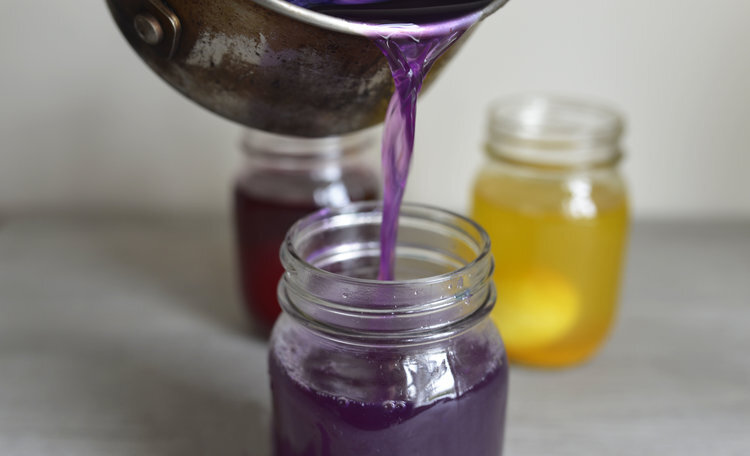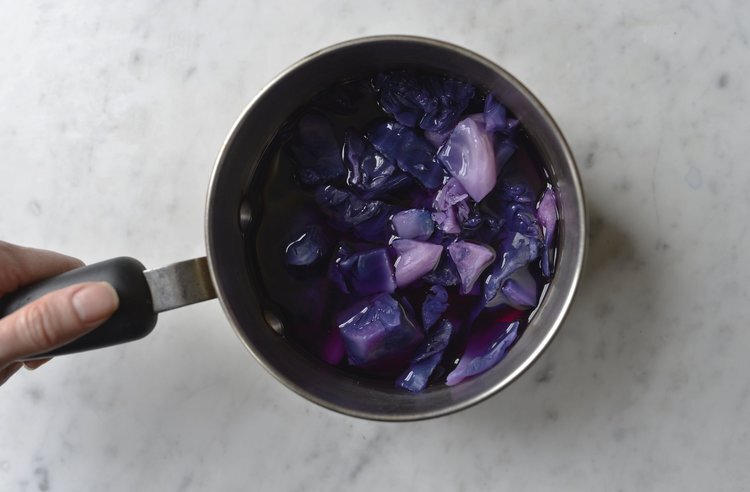Naturally Dyed Easter Eggs
At almost 3 years old, my son's patience and manual dexterity are improving by the day, so we've been getting into more crafting projects together lately. I thought this Easter would be a great time to try the naturally dyed eggs that I've been wanting to make for years now. He was involved in each step along the way and excitedly checked the progress as the eggs began changing color. Among other things, artificial food dye is strongly linked to hyperactive behavior in children. In Europe, food containing artificial coloring is required to have a label warning that it “may have an adverse effect on activity and attention in children”. So even if you don't plan on eating your dyed Easter eggs, it's best to limit your children's exposure as much as possible.
We used purple cabbage, turmeric and red beets. I know that coffee and onion skins can be used as well and I'd like to try them next year. I'd also like to try yellow beets, which might create a brighter yellow. We did attempt using spirulina for a green hue, but it didn't set at all. I'd like to try experimenting with liquid chlorophyll next time.
We boiled water with the dying agent, then simmered to achieve a richly pigmented color. This solution is made with purple cabbage and although it looks quite violet, it actually dyes eggs in a range of blue from soft robins egg to dark teal.
Natural dying agents
Purple cabbage: blue on white eggs, turquoise on brown
Red beet: fuchsia pink
Turmeric: yellow on white eggs, orange on brown
Variations
Eggs can be submerged for as little 30 minutes for pale pastels, or overnight for more vibrant hues.
I like the matte finish, but once the dyed has set you can rub the egg with olive oil to create a polished finish.
I created this recipe for The Tot and the complete method with how-to instructions can be found on their website.







